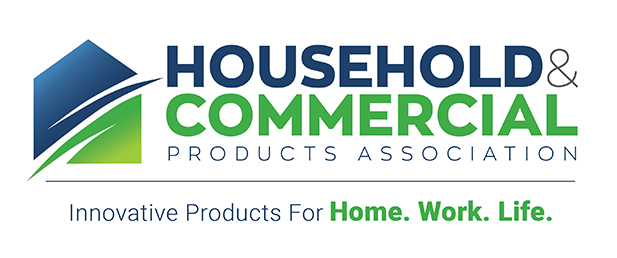Lautenberg Chemical Safety Act (LCSA)/TSCA
HCPA staff have assisted members in implementing provisions of the Frank R. Lautenberg Chemical Safety for the 21st Century Act, in conjunction with HCPA’s Scientific Affairs Committee and the Regulatory Affairs Committee. Staff also participated in EPA workshops and provided valuable input to the agency on Inventory Notification, Risk Evaluations, Risk-Based Prioritization rule-making and on the development of fee structures for administering the law. Staff and committee members also weighed in on chemical uses and concerns in the scoping documents for the first ten priority substances undergoing risk evaluation.
During the association’s Mid-Year Meeting, a panel discussion among EPA and HCPA membership provided a deep dive on the Act’s impact on processors and smaller companies. Panelists also provided members with information on the benefits of using consortia to develop and submit data to EPA. Representatives from EPA gave an in-depth presentation on the ‘Inventory-Reset’ Rule.
HCPA scientific and regulatory affairs staff monitor significant changes and actions regarding the Lautenberg Act implementation, including Section 6(h) Fast-track PBT chemicals, re-substantiating confidentiality claims and transitioning existing Work Plan Chemicals to High-Priority Chemicals.
Chemical Restrictions
Reflecting a commitment to preventing restrictions on essential materials, HCPA partnered with the retail industry on two bills in California that would have restricted the sale of butane and required the addition of a bittering agent. While the author of the sales restrictions bill accepted industry amendments, the bill was ultimately vetoed by Governor Brown. HCPA will oppose legislation which seeks to ban the use of specific ingredients that do not pose a threat to human or environmental health, such as legislation in 2017 in the state of New York which sought to ban consumer products containing specific byproducts at miniscule levels.
HCPA maintains that green chemistry programs should consider the costs of regulation in relation to the expected benefits. We will continue to oppose hazard-based lists of chemicals that could be used arbitrarily to ban or restrict chemical ingredients without sound scientific basis. State-level chemical restrictions should not vary from state to state. Regardless of where in the United States a consumer lives, they should be able to use consumer products to maintain clean and healthy lifestyles. Ultimately, uniformity can best be achieved with action at the federal level.
Harmonization in State Programs
HCPA maintains that state programs should provide the regulated community with certainty in meeting compliance obligations through a standard de minimis level. Further, HCPA maintains that harmonization with international, federal and state standards provides clarity and ensures successful implementation. As analytical detection capability can vary, a standard de minimis level provides a level playing field for the regulated community. State regulators may establish a higher or lower de minimis level based on specific public health and/or environmental concerns.
Currently three of the six states that have passed some form of green chemistry legislation (Maine, Vermont, and Washington) have active green chemistry programs that require manufacturers of in-scope products to perform required actions. California finalized its green chemistry regulations, and recently released a draft alternatives assessment guide given the regulations require extensive alternatives assessment programs by manufacturers of priority products with chemicals of concern. Each of the states has unique programs with vastly different definitions of covered products, and somewhat different processes to choose the regulated chemicals. Manufacturer requirements also vary significantly. Although TSCA reform passed the U.S. Congress in 2016, states can continue to act on any chemical, or particular uses or risks from a chemical, that the U.S. EPA has not yet addressed. As a result, state-level activity will likely continue, and HCPA will monitor such legislation closely.
Subscribe to HCPA’s
Product Ingredient Dictionary


